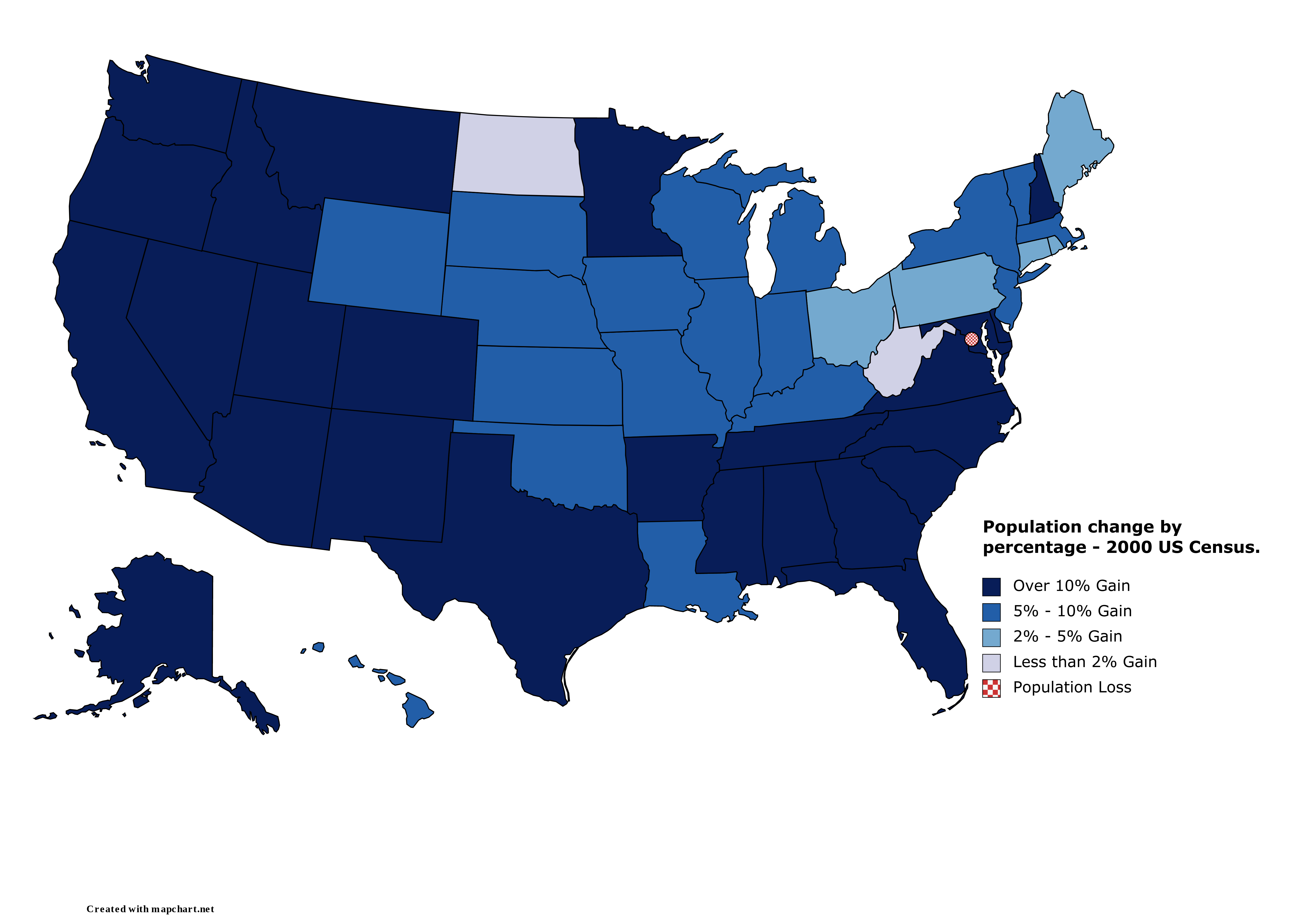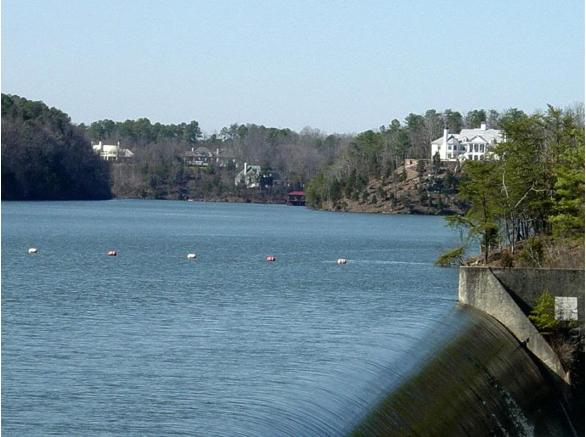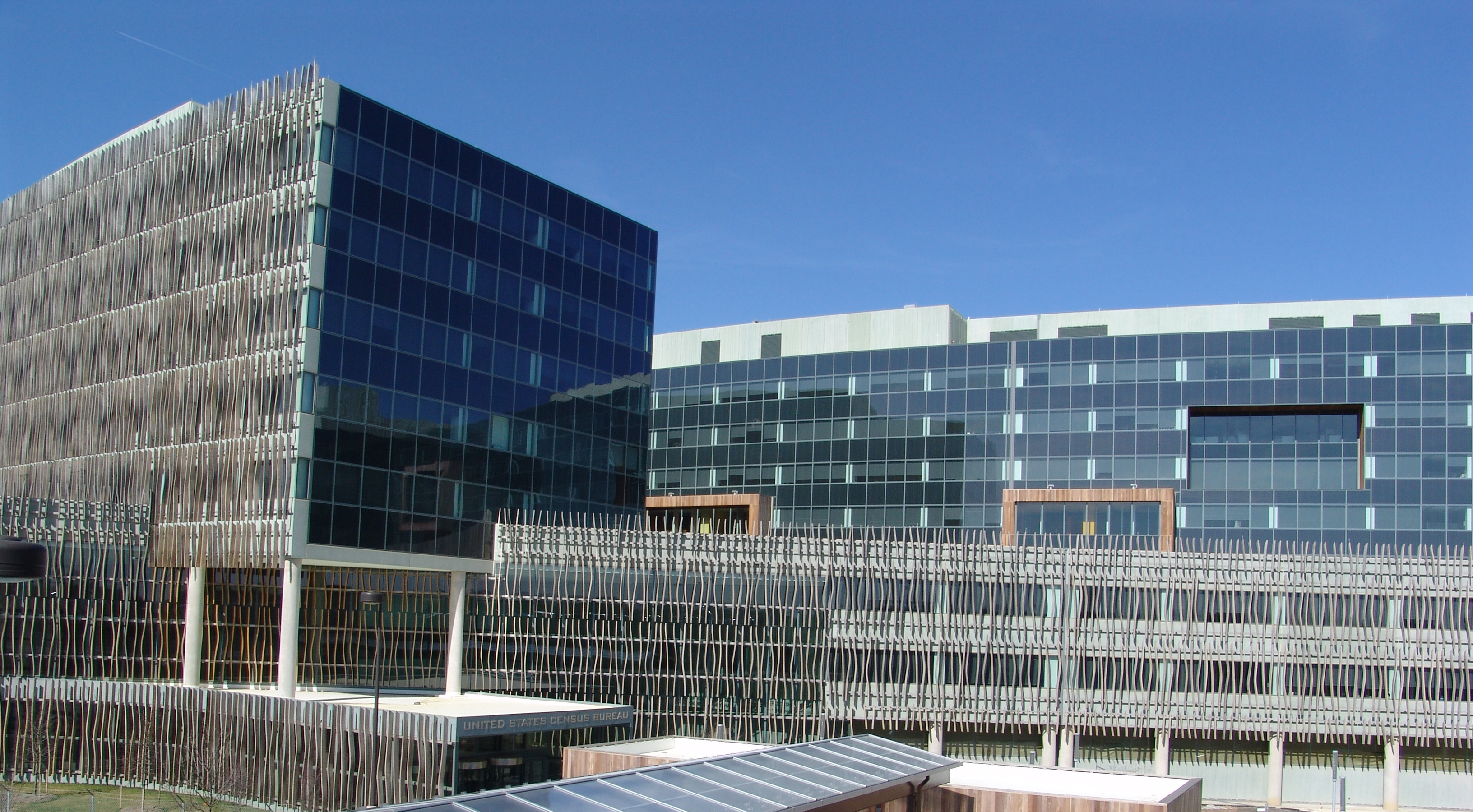|
Walker County, Alabama
Walker County is a county located in the central portion of the U.S. state of Alabama. "ACES Walker County Office" (links/history), Alabama Cooperative Extension System (ACES), 2007, webpage: ACES-Walker As of the 2020 census, the population was 65,342. Its county seat is Jasper. Its name is in honor of John Williams Walker, the first U.S. senator elected from Alabama. Walker County comprises the entirety of the Jasper, AL Micropolitan Statistical Area. History Walker County was established on December 26, 1823, and formed from sections of Marion and Tuscaloosa counties. It was named after Senator John Walker, who represented Alabama in the U.S. Senate from 1819 to 1822. The county was greatly reduced in size on February 12, 1850, when its northern half became the county of Winston. Jasper is the county seat, and was named after William Jasper, a Revolutionary War hero from South Carolina. National Register of Historic Places Walker County has sites listed on t ... [...More Info...] [...Related Items...] OR: [Wikipedia] [Google] [Baidu] |
John Williams Walker
John Williams Walker (August 12, 1783April 23, 1823) was an American politician, who served as the Democratic-Republican United States senator from the state of Alabama, the first senator elected by that state. Life and career Walker was born August 12, 1783 in Amelia County, Virginia, of Scots-Irish heritage, the son of Rev. Jeremiah Walker and Mary Jane Graves. He was educated at the prestigious Willington Academy of Dr. Moses Waddel near Petersburg, Georgia, and received degrees in 1806 and 1809 from Princeton University. He studied law, and was admitted to the bar at Petersburg. In 1808, Walker married Matilda Pope, daughter of LeRoy Pope and Judith Sale, and in 1810, he followed his father-in-law to settle in the new town of Huntsville, Mississippi Territory (now Alabama), and there began the practice of law. Upon the formation of the Alabama Territory in 1817, Walker served as a representative from Madison County to the first territorial legislature in 1818. In the se ... [...More Info...] [...Related Items...] OR: [Wikipedia] [Google] [Baidu] |
Gilchrist House (Cordova, Alabama)
The Gilchrist House was a historic farmhouse near Cordova in Walker County, Alabama. Built when Alabama was still a part of the Mississippi Territory, it was considered by architectural scholars as one of the oldest surviving houses in Alabama and the oldest structure in the central and western area of the state. It was added to the National Register of Historic Places on March 24, 1972. It was destroyed by fire during the late 1990s, but the site remains listed on the National Register. History The Gilchrist House was built by Edmon (also spelled Edmond, Edmund) Gilchrist, who migrated to Alabama from Edgefield, South Carolina. He first settled in Lowndes County, but relocated to Walker County and built the house in 1812 on land granted to him by the Federal government. The house was still owned by his descendants when it was listed on the National Register during the early 1970s. Architecture The house was a two-story wooden timber frame Timber framing (german: Hol ... [...More Info...] [...Related Items...] OR: [Wikipedia] [Google] [Baidu] |
2000 United States Census
The United States census of 2000, conducted by the Census Bureau, determined the resident population of the United States on April 1, 2000, to be 281,421,906, an increase of 13.2 percent over the 248,709,873 people enumerated during the 1990 census. This was the twenty-second federal census and was at the time the largest civilly administered peacetime effort in the United States. Approximately 16 percent of households received a "long form" of the 2000 census, which contained over 100 questions. Full documentation on the 2000 census, including census forms and a procedural history, is available from the Integrated Public Use Microdata Series. This was the first census in which a state – California – recorded a population of over 30 million, as well as the first in which two states – California and Texas – recorded populations of more than 20 million. Data availability Microdata from the 2000 census is freely available through the Integrated Public Use Microdata S ... [...More Info...] [...Related Items...] OR: [Wikipedia] [Google] [Baidu] |
Marion County, Alabama
Marion County is a county of the U.S. state of Alabama. As of the 2020 census the population was 29,341. The county seat is Hamilton. The county was created by an act of the Alabama Territorial General Assembly on February 13, 1818. The county seat was originally established in Pikeville in 1820, and moved to Hamilton in 1881. The county was named by planter and US Indian agent John Dabney Terrell, Sr., in recognition of General Francis Marion of South Carolina. Marion County is located in the northwestern part of the state, bounded on the west by the state of Mississippi. It encompasses . The county is a prohibition or dry county, however, the sale of alcohol is permitted within the cities of Guin, Hamilton, and Winfield. History The county was created by the Alabama Territorial General Assembly on February 13, 1818, preceding Alabama's statehood by almost two years. It was created from land acquired from the Chickasaw Indians by the Treaty of 1816. Marion County inclu ... [...More Info...] [...Related Items...] OR: [Wikipedia] [Google] [Baidu] |
Fayette County, Alabama
Fayette County is a county located in the U.S. state of Alabama. As of the 2020 census, the population was 16,321. Its county seat is Fayette. Its name is in honor of the Marquis de Lafayette (or de la Fayette), who aided General George Washington in the American Revolutionary War. History Fayette County was established on December 20, 1824, during Lafayette's historic tour of the 24 United States Geography According to the United States Census Bureau, the county has a total area of , of which is land and (0.3%) is water. Sheriffs DepartmentSheriff-Byron Yerby Adjacent counties * Marion County (north) * Walker County (east) * |
Tuscaloosa County, Alabama
Tuscaloosa County is a county in the northwest-central portion of the U.S. state of Alabama and is the center of commerce, education, industry, health care, and entertainment for the region. The county's population was 227,036 as of the 2020 census. The county seat and largest city is Tuscaloosa. Tuscaloosa County is part of the Tuscaloosa, AL Metropolitan Statistical Area, which also includes Hale and Pickens counties. The community gained international attention in 1993 when it landed Mercedes-Benz's first North American assembly plant, and as of 2021, the company employs over 4,000 people at the facility. Even so, Tier-1 research university The University of Alabama remains the county's largest employer and dominant economic and cultural engine. History ''See also the history of Tuscaloosa, Alabama'' Early settlement The pace of white settlement in the Southeast increased greatly after the War of 1812 and the Treaty of Fort Jackson and the subsequent availability of ... [...More Info...] [...Related Items...] OR: [Wikipedia] [Google] [Baidu] |
Jefferson County, Alabama
Jefferson County is the most populous county in the U.S. state of Alabama, located in the central portion of the state. As of the 2020 census, its population was 674,721. Its county seat is Birmingham. Its rapid growth as an industrial city in the 20th century, based on heavy manufacturing in steel and iron, established its dominance. Jefferson County is the central county of the Birmingham- Hoover, AL Metropolitan Statistical Area. History Jefferson County was established on December 13, 1819, by the Alabama Legislature. It was named in honor of former President Thomas Jefferson. The county is located in the north-central portion of the state, on the southernmost edge of the Appalachian Mountains. It is in the center of the (former) iron, coal, and limestone mining belt of the Southern United States. Most of the original settlers were migrants of English ancestry from the Carolinas. Jefferson County has a land area of about . Early county seats were established first at ... [...More Info...] [...Related Items...] OR: [Wikipedia] [Google] [Baidu] |
Blount County, Alabama
Blount County is a county located in the U.S. state of Alabama. As of the 2020 census, the population was 59,134. Its county seat is Oneonta. Blount County is a moist county. In the November 6, 2012 elections, a countywide ballot initiative to allow alcohol sales was narrowly defeated, but Blountsville, Cleveland and Oneonta have allowed for the sale of alcohol since 2013. Blount County has been dubbed the "Covered Bridge Capital of Alabama" since it has more historic covered bridges standing within a single county than any other in the state - with earlier covered bridges known of. This county celebrates the Covered Bridge Festival every autumn in Oneonta to commemorate its three remaining covered bridges. History Blount County was created by the Alabama Territorial Legislature on February 6, 1818, formed from land ceded to the federal government by the Creek Nation on August 9, 1814. This county was named for Governor Willie Blount of Tennessee, who provided assistance ... [...More Info...] [...Related Items...] OR: [Wikipedia] [Google] [Baidu] |
Cullman County, Alabama
Cullman County is a county located in the north central portion of the U.S. state of Alabama. As of the 2020 census, the population was 87,866. Its county seat and largest city is Cullman. Its name is in honor of Colonel John G. Cullmann. Cullman County comprises the Cullman, AL Micropolitan Statistical Area, which is a component of the Birmingham- Hoover- Talladega, AL Combined Statistical Area. It is served by TV stations and FM radio stations from both Huntsville and Birmingham and is part of the designated market area, or "DMA," of Birmingham. Cullman is a "moist" county in terms of availability of alcoholic beverages; the cities of Cullman, Good Hope, and Hanceville allow sale of alcohol and are "wet" and the rest of the county is dry. History This area was inhabited for thousands of years by varying cultures of indigenous peoples. The historic Cherokee and Choctaw lived here at the time of European encounter, with the Cherokee moving in after the American Revolutio ... [...More Info...] [...Related Items...] OR: [Wikipedia] [Google] [Baidu] |
Winston County, Alabama
Winston County is a county of the U.S. state of Alabama. As of the 2020 census, the population was 23,540. Its county seat is Double Springs. Known as Hancock County before 1858, "ACES Winston County Office" (links/history), Alabama Cooperative Extension System (ACES), 2007, webpage: ACES-Winston the county is named in honor of John A. Winston, the fifteenth Governor of Alabama. History Winston County was established under the name Hancock County on February 12, 1850, from territory that was formerly part of Walker County (a county directly to the south of Winston County). It was originally named for John Hancock, Governor of Massachusetts and famous signer of the American Declaration of Independence, with its county seat at Houston. On January 22, 1858, the county was renamed Winston County to honor Alabama Gov. John A. Winston. During the American Civil War, Winston County gained attention for its opposition to secession, a sentiment so strong that the county is ... [...More Info...] [...Related Items...] OR: [Wikipedia] [Google] [Baidu] |
Cumberland Plateau
The Cumberland Plateau is the southern part of the Appalachian Plateau in the Appalachian Mountains of the United States. It includes much of eastern Kentucky and Tennessee, and portions of northern Alabama and northwest Georgia. The terms " Allegheny Plateau" and the "Cumberland Plateau" both refer to the dissected plateau lands lying west of the main Appalachian Mountains. The terms stem from historical usage rather than geological difference, so there is no strict dividing line between the two. Two major rivers share the names of the plateaus, with the Allegheny River rising in the Allegheny Plateau and the Cumberland River rising in the Cumberland Plateau in Harlan County, Kentucky. Geography The Cumberland Plateau is a deeply dissected plateau, with topographic relief commonly of about , and frequent sandstone outcroppings and bluffs. At Kentucky's Pottsville Escarpment, which is the transition from the Cumberland Plateau to the Bluegrass in the north and the Pennyri ... [...More Info...] [...Related Items...] OR: [Wikipedia] [Google] [Baidu] |
United States Census Bureau
The United States Census Bureau (USCB), officially the Bureau of the Census, is a principal agency of the U.S. Federal Statistical System, responsible for producing data about the American people and economy An economy is an area of the production, distribution and trade, as well as consumption of goods and services. In general, it is defined as a social domain that emphasize the practices, discourses, and material expressions associated with t .... The Census Bureau is part of the United States Department of Commerce, U.S. Department of Commerce and its Director of the United States Census Bureau, director is appointed by the President of the United States. The Census Bureau's primary mission is conducting the United States census, U.S. census every ten years, which allocates the seats of the U.S. House of Representatives to the U.S. state, states based on their population. The bureau's various censuses and surveys help allocate over $675 billion in federal funds e ... [...More Info...] [...Related Items...] OR: [Wikipedia] [Google] [Baidu] |



